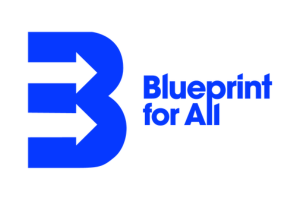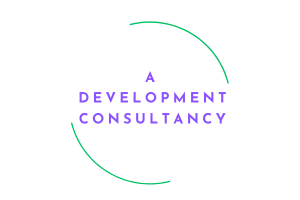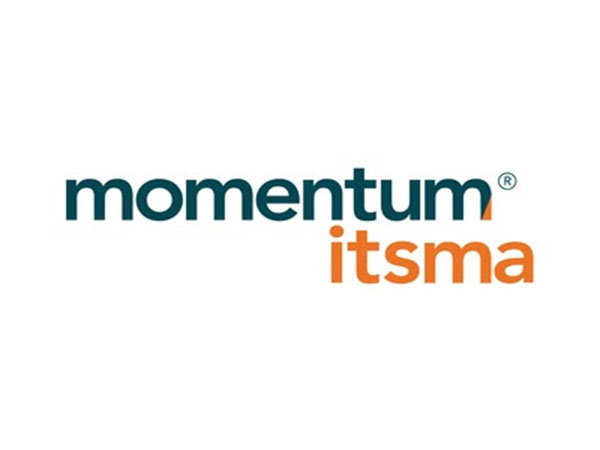Rethinking learning at work: microlearning, autonomy and the need for depth
 The way we learn at work is undergoing a seismic shift. As digital transformation accelerates and workforce expectations evolve, organisations are rethinking learning at work and development (L&D) strategies to keep pace. Among the most notable trends are the rise of microlearning and the growing appetite for self-driven learning; yet, amid this push for speed and autonomy, many experts warn against losing sight of the importance of deep, focused learning time.
The way we learn at work is undergoing a seismic shift. As digital transformation accelerates and workforce expectations evolve, organisations are rethinking learning at work and development (L&D) strategies to keep pace. Among the most notable trends are the rise of microlearning and the growing appetite for self-driven learning; yet, amid this push for speed and autonomy, many experts warn against losing sight of the importance of deep, focused learning time.
In this blog, we will explore the balance between these approaches, what forward-thinking organisations are doing, and how employers must adapt to support diverse learning preferences.
The rise of microlearning and self-directed learning
Microlearning refers to short, focused learning activities that target specific skills or knowledge areas, typically delivered in formats like short videos, quizzes or infographics. It fits neatly into the fast-paced nature of modern work, allowing employees to access just-in-time learning as they need it. This trend has surged in popularity in recent years, in part due to the increased adoption of mobile technology and the shift to hybrid or remote work.
According to LinkedIn’s 2024 Workplace Learning report, 47% of organisations are now offering some form of microlearning, reflecting a broader recognition that employees prefer short, digestible content that can be integrated into their daily workflows. The report also highlights that 93% of organisations are concerned with employee retention, and 94% say they would stay longer if their company invested in their careers. To achieve this while also being mindful of associated costs, learning needs to be more accessible and time-efficient, so self-directed learning platforms are gaining ground through necessity.
Employees, particularly younger generations, increasingly value autonomy in how and when they learn. Self-paced learning tools such as Coursera, Udemy and internal learning experience platforms (LXPs) allow individuals to pursue skills relevant to their goals. This trend aligns with the broader move towards individual empowerment in the workplace, where personal development is seen as a shared responsibility between employee and employer.
Additionally, AI-powered learning platforms are transforming the learning landscape by offering adaptive content tailored to individual progress and preferences. These smart systems analyse learner behaviour, recommend relevant materials, and create personalised learning journeys, ensuring that employees gain the most value from their time spent learning.
The limitations of ‘snackable’ content
However, not everything can – or should – be reduced to a two-minute video. Complex skill development, critical thinking, and deep technical knowledge often require immersive learning environments. Experts caution against over-reliance on microlearning as a one-size-fits-all solution.
Josh Bersin, a leading voice in HR and workplace learning, argues that while microlearning is excellent for performance support and reinforcement, it should complement rather than replace structured learning pathways. “We need to stop thinking of learning as content consumption,” he writes. “True capability building often requires time, context, coaching, and application” (Bersin, 2022).
Similarly, Harvard Business Review notes that while on-the-go learning is useful, companies must also create space for “deep work” and cognitive immersion, especially for leadership development or systems thinking. The key is designing a blended approach that allows for both agility and depth. We’re finding our clients asking us more and more for pre-eLearning, as it covers off theoretical content remotely before bringing people together for shared time, allowing maximum impact and interaction when face-to-face. It’s important to note however that users don’t engage as much as expected, so to maximise efficiency and avoid just having to re-cover the content in the session, internal buy-in is required.
Gamification is also proving to be an effective tool for engagement. By incorporating game-like elements such as points, leaderboards and achievement badges, organisations can make learning more interactive, encouraging employees to engage more fully with educational content.
What innovative companies are doing differently when addressing learning at work
Agile and forward-thinking organisations are adopting a more nuanced approach to workplace learning. Companies like Atlassian, Rentokil Initial, Unilever and Spotify are embedding learning into the flow of work while also carving out dedicated time for deeper learning experiences.
For example, Atlassian’s “Team Anywhere” initiative combines digital learning modules with scheduled deep-dive workshops and peer learning sessions. Rentokil Initial have long used Action Learning Sets in their programmes to allow peer groups to ‘bring a problem, solve a problem’ through collaborative iteration. Unilever’s “Flex Experiences” programme allows employees to take on short-term projects in other departments, which encourages learning by doing in a structured yet exploratory way.
Meanwhile, Spotify has implemented a ‘Learning and Belonging Time’ policy, giving employees a designated time each week to focus on self-development without the pressure of delivery or deadlines.
These companies recognise that learning isn’t just about efficiency — it’s about creating value over time, both for the individual and the business.
How employers must adapt
To fully unlock the potential of learning at work, employers must move beyond box-ticking compliance modules and embrace a culture that supports diverse learning styles and long-term growth. This means:
- Investing in flexible learning infrastructure: Blended learning systems—where microlearning, instructor-led training, and coaching coexist—offer a better chance of meeting diverse employee needs.
- Creating time and psychological safety: Learning needs to be recognised as part of work, not an optional extra. Leaders must model this by prioritising their own learning and encouraging teams to do the same.
- Measuring learning by impact, not completion: Instead of tracking how many courses are completed, organisations should assess the behavioural or performance changes that follow.
- Supporting learner autonomy: Empower employees to chart their own development journeys but offer guidance and resources to prevent overload or misalignment with business goals.
Another critical factor is understanding the forgetting curve — the tendency for people to forget information over time without reinforcement. To address this, organisations should integrate spaced repetition and regular knowledge refreshers into their learning strategies, ensuring key concepts remain top of mind.
Finding the balance
The future of workplace learning isn’t about choosing between microlearning or immersive experiences, self-direction or structure—it’s about balance. While quick, targeted content has an important role to play, it must be complemented by opportunities for reflection, application and mentorship.
Agile organisations are moving beyond traditional training models to create learning cultures that are dynamic, personalised and deeply human. As work itself becomes more complex and unpredictable, learning must evolve—not just to keep up, but to stay ahead.
If you would like to discuss your organisation’s learning programme, how you could adapt to support different learning preferences or how you can successfully embed learning for your employees, do get in touch and one of our consultants would be happy to have a chat.




